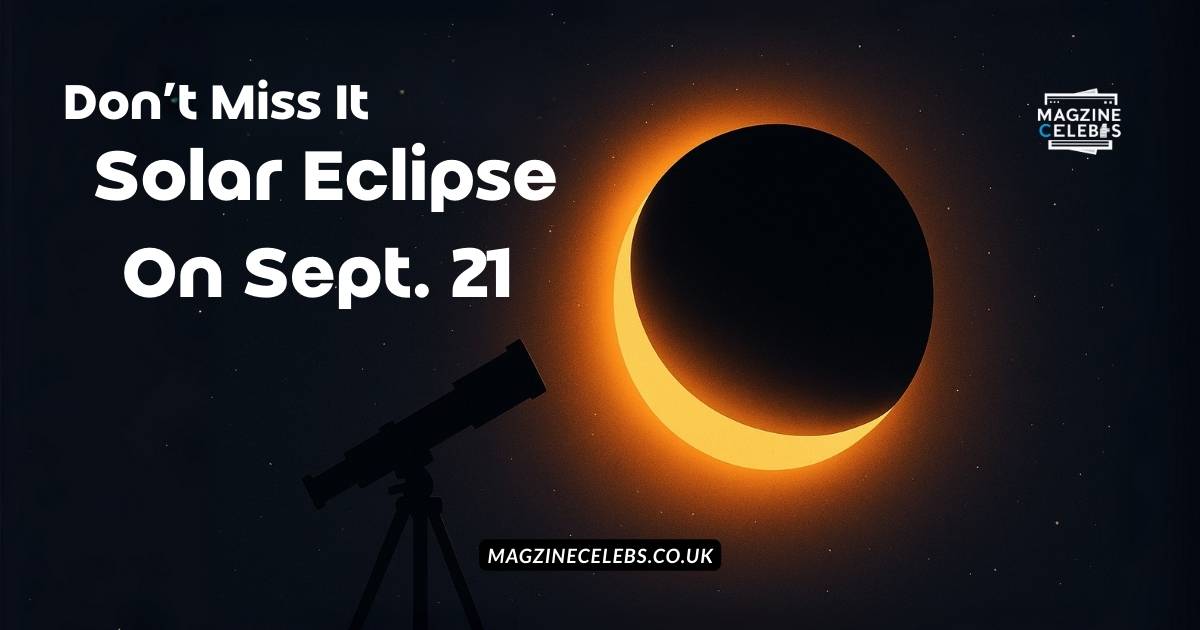Updated: September 20, 2025
Tonight’s sky show is free for everyone: the Sept. 21 partial solar eclipse will stream live online with multi-telescope views and expert commentary. For an easy watch, open a curated YouTube feed or a dedicated eclipse hub like Timeanddate’s eclipse center. If you plan any real-world viewing, follow AAS solar-eye-safety rules and NASA’s safety guidance—never use regular sunglasses.
Where to watch live (free)
- YouTube astronomy channels: observatories and science outlets aggregate multiple telescope feeds (e.g., Timeanddate).
- Dedicated eclipse hubs: maps, timelines, and real-time visuals with expert commentary.
- Local observatories/planetariums: many host free social streams with educator walk-throughs.
When to tune in
Most livestreams start shortly before first contact and run through maximum. In PKT, plan for a late-night Sept. 21 start with the peak just after midnight (Sept. 22). Streams usually include on-screen countdowns so you won’t miss the moment.
Quick tips
- Cast to a big screen to catch sunspots and the Moon’s “bite.”
- Keep two links ready in case one stream gets crowded.
- Safety first: use only ISO-certified solar filters for any direct viewing (AAS guide).
Related on MagzineCelebs
- Rashford’s UCL brace lights up the night
- Ohtani’s moon-shot vs. Phillies & Dodgers
- Who is Danna Lynn Blocker? (feature)
Pro tip: Set a reminder an hour before your chosen stream so you catch the pre-show explainers.
FAQs
Visibility favors southern latitudes like New Zealand and Antarctica. In Pakistan, the best option is watching free livestreams with global telescope feeds.
The eclipse begins late night on Sept. 21 and peaks just after midnight on Sept. 22. Streams usually start a little before first contact and run through maximum.
You can watch on astronomy YouTube channels, eclipse hubs, and observatory livestreams that provide real-time maps and commentary at no cost.
No glasses are needed for livestreams. For direct viewing, only ISO-certified solar filters are safe—regular sunglasses do not protect your eyes.
The full event lasts a couple of hours from first contact to last contact. Livestreams often show countdowns and live progress stages.
You’ll see the Moon take a “bite” out of the Sun, forming crescent shapes. Some feeds may also show sunspots and edge details during peak coverage.
Cast the stream to a bigger screen, enable captions for expert commentary, keep backup links ready, and join early for pre-show explainers.



